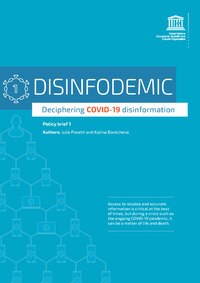
Photo from wikipedia
BACKGROUND Hospital medicine (HM) has well-described gender disparity related to academic work and promotion. During the COVID-19 pandemic, female authorship across medicine fell further behind historical averages. OBJECTIVE Examine Little… Click to show full abstract
BACKGROUND Hospital medicine (HM) has well-described gender disparity related to academic work and promotion. During the COVID-19 pandemic, female authorship across medicine fell further behind historical averages. OBJECTIVE Examine Little is known about how COVID-19 affected the publication gender gap for hospitalists. DESIGN, SETTINGS, AND PARTICIPANTS Bibliometric analysis to determine gender and specialty of US-based physician first and last authors of COVID-19 articles published March 1, 2020 to February 28, 2021 in the four highest impact general medical journals and two highest impact HM-specific. MAIN OUTCOME AND MEASURES We characterized the percentage of all physician authors that were women, the percentage of physician authors that were hospitalists, and the percentage of HM authors that were women. We compared author gender between general medical and HM-specific journals. RESULTS During the study period, 853 manuscripts with US-based first or last authors were published in eligible journals. Included manuscripts contained 1124 US-based physician first or last author credits, of which 34.2% (384) were women and 8.8% (99) were hospitalists. Among hospitalist author credits, 43.4% (n = 43/99) were occupied by women. The relative gender equity for hospitalist authors was driven by the two HM journals where, compared to the four general medical journals, hospitalist authors (54.1% [33/61] vs. 26.3% [10/38] women, respectively, p = .002) and hospitalist last authors (51.9% [14/27] vs. 20% [4/20], p = .03) were more likely to be women. CONCLUSIONS Across COVID-19-related manuscripts, disparities by gender were driven by the high-impact general medical journals. HM-specific journals had more equitable inclusion of women authors, demonstrating the potential impact of proactive editorial policies on diversity.
Journal Title: Journal of hospital medicine
Year Published: 2023
Link to full text (if available)
Share on Social Media: Sign Up to like & get
recommendations!